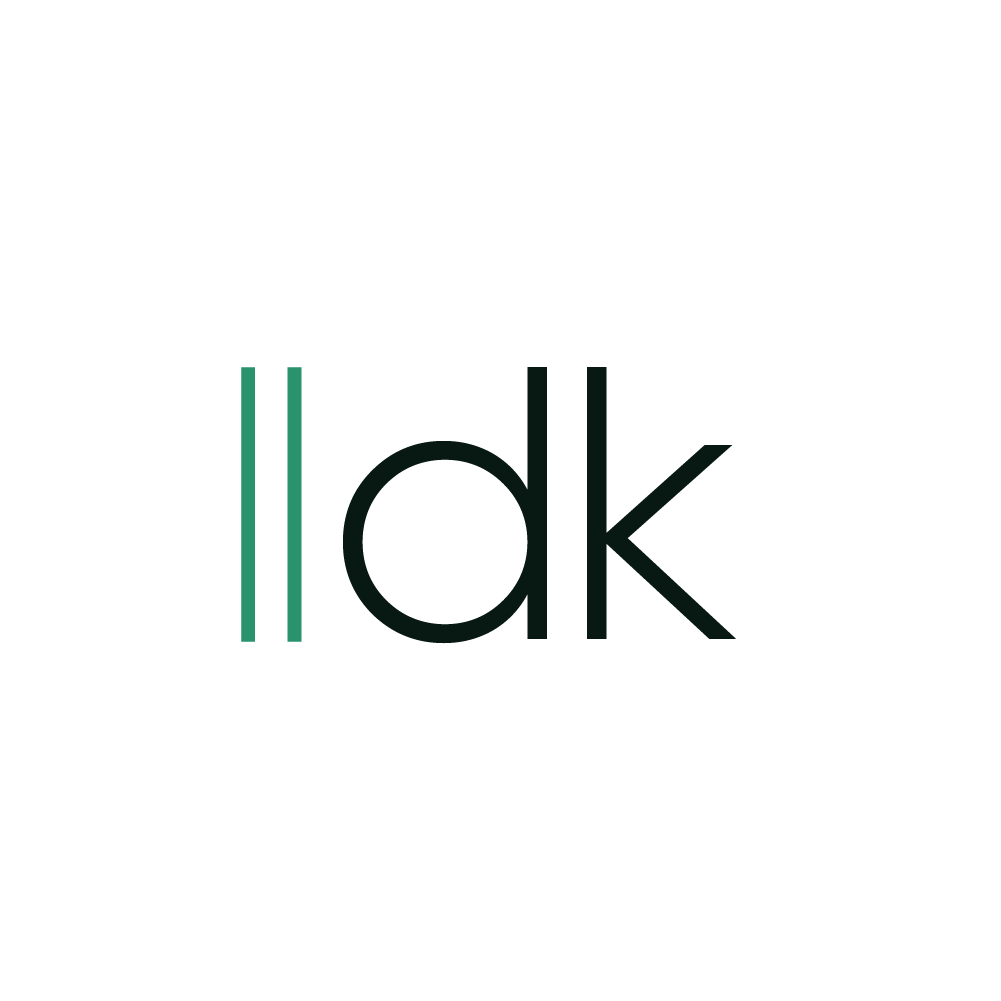Picture this: You’re interviewing a candidate who looks perfect on paper. You ask them a question. “Describe a time when you scrapped or pivoted an initiative because it wasn’t working. How did you make that call?”
They pause, eyes darting upward, searching for the right story. Then – freeze. A nervous laugh, a filler word. In that split second, your brain makes a snap judgment: Not confident. Not prepared. Maybe not the right fit.
But what’s really happening is far more complex. The candidate’s prefrontal cortex, responsible for retrieving memories and structuring compelling responses, is battling the amygdala – the brain’s alarm system for high-pressure situations. They may not be blanking because they lack experience; they are experiencing a natural neurological response to stress. And if we misinterpret this moment, we might screen out exceptional talent before they have a chance to demonstrate their true capabilities. As the interviewer, this is your opportunity to pause, observe, and remain open to challenging your assumptions throughout the conversation
As an executive search partner working with high-growth companies, I’ve seen how traditional interview strategies can overlook transformational leaders. The challenge isn’t just about missing introverted candidates – it’s about understanding how our quick judgments and biases might be blocking access to the exact talent our organizations need to thrive.
To use interviewing as a competitive advantage, keep the following things in mind: confidence-competence paradox, thin slicing, future-focused hiring, and remote interviewing and Zoom fatigue.
The Confidence-Competence Paradox
Consider this real-world scenario: A B2B software startup is hiring its first Head of Sales. Fresh off a $10M Series A raise and with $2.5M in ARR, they’re ready to scale their go-to-market strategy, selling to SMBs in a niche vertical. So far, the founder has led most of the sales efforts, supported by a single BDR and one AE. Now, they need a Head of Sales who can elevate the team, build out sales operations, and drive net new revenue—without excess resources.
They’ve narrowed it down to three finalists:
The Industry Veteran
- Senior Director from a leading competitor
- Manages a 20-person team
- Presents as charismatic and confident
- Tendency to make ambitious assumptions and often speaks to playbooks he’s run in the past, including a lead gen engine that this startup doesn’t have (yet)
The Builder
- Head of Sales at a B2B Series A startup in an adjacent market; sells to Mid-Market
- Carries a personal and team quota
- Proof building from 0 to 1
- They tend to ask good questions that showcase their understanding of the co’s current constraints and immediate needs
The Strategic Operator
- VP of Sales at a B2B2C Series B startup in a different industry
- No longer a player/coach; but started that way
- Built a sales team from 3 to 10
- Strong sales operations and training experience
- Shows a tendency to have restraint or stoicism; asks critical questions and carries a strong executive presence
- While this company is leaner and earlier than their past roles, they’re energized by the opportunity to build from the ground up
Who do you hire?
This illustrates a fundamental truth about hiring: The ability to articulate a vision isn’t the same as the ability to execute it. Real leadership capability often manifests in less immediately visible ways – asking incisive questions, showing intellectual humility, and demonstrating nuanced understanding of change management.
The Industry Veteran feels safe – they bring a charismatic presence and impressive pedigree that could elevate pedigree with the Board. But here’s the crucial question: Does the risk appetite and agility to lead strategy and execution align with this Industry Veteran’s motivation and abilities; or; is this Industry Veteran, perhaps, a great hire years down the line when the company has more maturity?
The Dangers of “Thin Slicing”
Research shows we make first impressions within a tenth of a second – what psychologists call “thin slicing.” While these snap judgments might have served our ancestors well, they can be devastating in hiring contexts. Our initial biases and assumptions filter every subsequent interaction, potentially causing us to miss great hires or make critical misfires.
Companies with truly exceptional leadership teams share a common trait: they hire for ability, mission alignment, and diversity of expertise. They hire for the milestones ahead, not just the mission at large. Evaluating candidates effectively requires focusing on ethos, expertise, and emotional intelligence rather than being swayed by how these qualities are expressed in the moment. This means looking beyond first impressions and identifying patterns through a more intentional, strategic interview process
Future-Focused Hiring: Beyond Pattern Matching
The instinct to hire someone who’s “been there, done that” can be surprisingly limiting. Instead of pattern-matching against past experience, successful hiring requires an honest assessment of one’s current state and clarity about one’s two-year objectives.
Think of it this way: If you’re a Series A company serving SMB with aspirations of an Enterprise GTM strategy, then hiring someone driving Enterprise sales might seem attractive. But if you’re 24+ months away from true enterprise readiness, you need someone who can build the bridge to get there – not someone who only knows how to operate once you’ve arrived.
When evaluating candidates, consider:
- What specific capabilities gaps (not just experience gaps) need to be filled?
- How will success be measured at 6, 12, and 24 months?
- What resource constraints and opportunities will this hire have to succeed?
- What evidence suggests they can architect the journey, not just envision the destination?
- How do they elevate the current leadership team?
The Impact of Remote Interviews
The shift to remote interviewing has added another layer of complexity. “Zoom fatigue” isn’t just a buzzword – it’s a neurological reality. When interviewing virtually, candidates must manage:
- Prolonged direct eye contact can trigger fight-or-flight responses.
- The cognitive load of seeing their own face while speaking.
- Limited body language cues, with up to 70% of non-verbal communication lost.
- The challenge of building rapport through a digital interface.
These factors can make even the most capable candidates appear less engaged or confident—especially in a lengthy, multi-step process or when they’re juggling multiple opportunities.
Building a More Effective Process
Modern interview processes need to account for both the neuroscience of stress responses and the complexity of remote interactions. Here’s how:
- Think beyond the first impression. Train hiring teams to recognize and move past initial impressions, focusing instead on patterns that emerge across multiple interactions. Observe cognitive overload moments and let them pass “like clouds in the sky” rather than using them as definitive data points.
- Create psychological safety. Structure interviews to reduce anxiety and allow candidates’ true capabilities to emerge. Yes, they should handle stress and pressure well. And, you want them to be themselves and not the ‘interview persona’ that many leaders can mimic or represent in formalized settings. This might mean providing more context upfront, allowing time for questions, or varying the interaction format to see candidates in different contexts.
- Evaluate holistically. Ensure your process assesses both hemispheres of capability: left-brain analytical skills and right-brain emotional intelligence. Your evaluation should balance:
- Pre-qualification (left brain): Technical qualifications and experience
- Culture fit (right brain and heart): Team dynamics and organizational values
- Position fit (left brain): Specific skill alignment
- Final assessment (right brain and heart): Empathetic communication and mutual understanding
- Look for themes. Instead of over-indexing on any single interaction, seek patterns across multiple touchpoints and perspectives. The best candidates often reveal their strengths through consistency rather than immediate impact.
To evolve your interview process:
✅ Train hiring managers to recognize their own biases and the impact of stress on candidate performance.
✅ Develop structured evaluation frameworks that focus on evidence of capability rather than immediate impression.
✅ Create opportunities for candidates to demonstrate their thinking and capabilities in different contexts.
✅ Measure success not just by immediate performance but by long-term impact and growth.
The Competitive Advantage
The most successful organizations share a common trait: they hire for ability, mission alignment, and diversity of expertise. They look beyond expressive style to find leaders who can truly elevate their teams and drive growth.
Remember: Great hires rarely fit the mold of a “perfect” candidate. They’re often the ones who ask tough questions, pause to think before responding, or challenge assumptions about what the company truly needs in this hire. By refining our interview strategies to account for these realities, we don’t just find better talent—we build stronger, more diverse, and more capable organizations. Sometimes, the candidates who are “bad interviewers” end up being the best hires.

